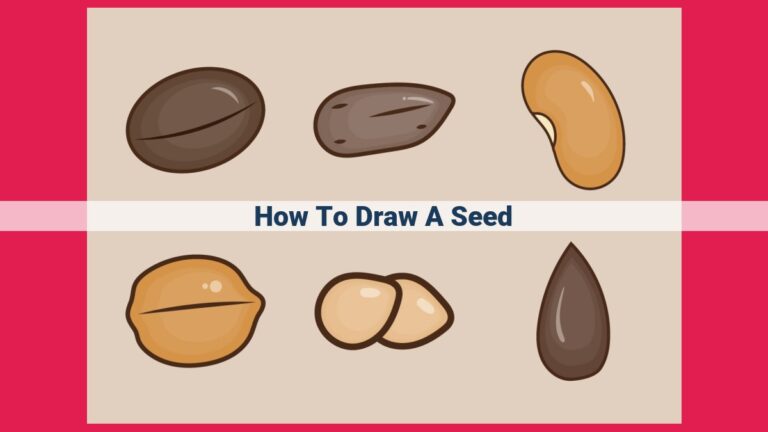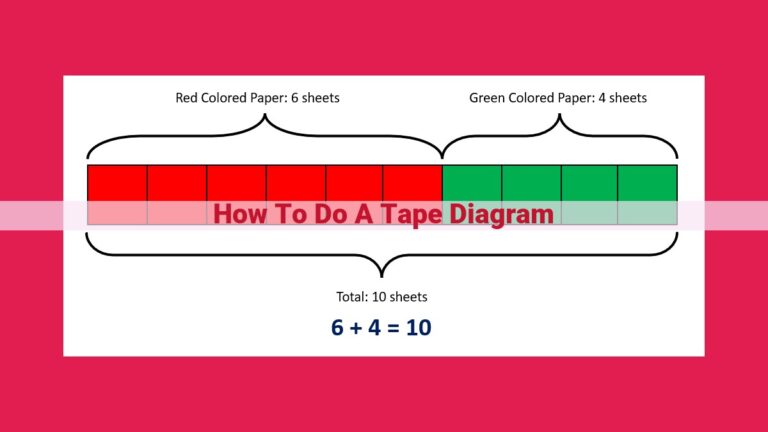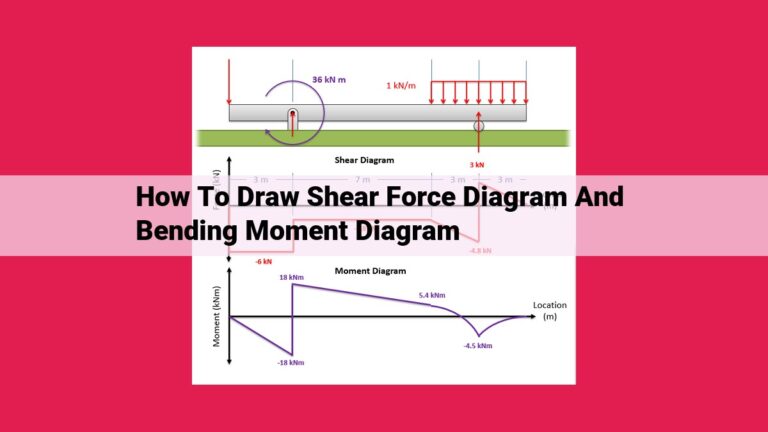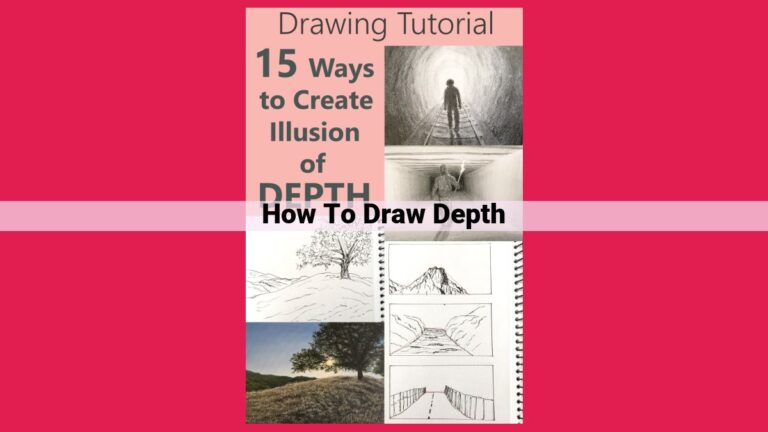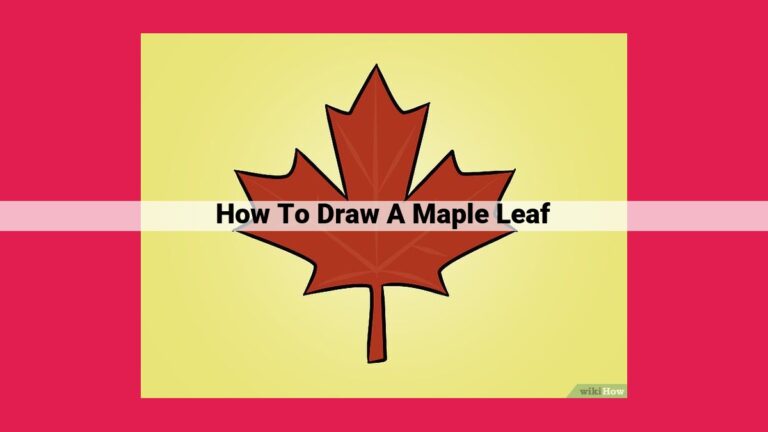Mastering The Art Of Drawing The Back In Human Form: A Comprehensive Guide
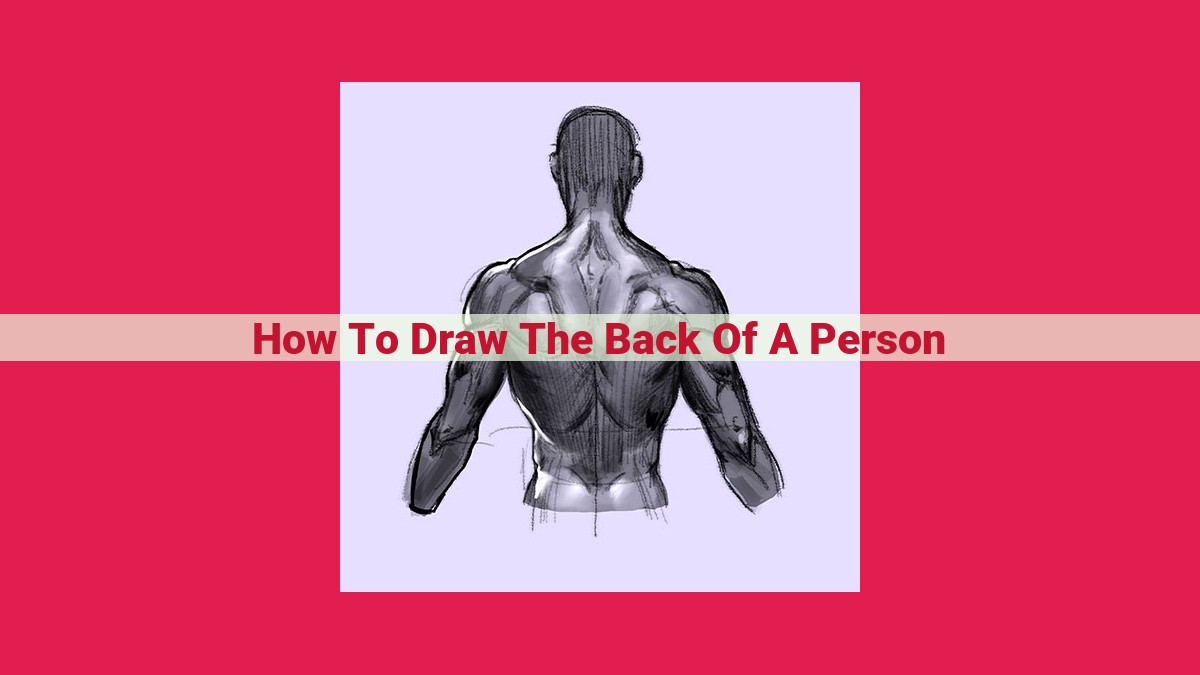
To draw the back of a person, start by understanding the anatomy, including muscles, bones, and proportions. Apply perspective to create depth, using vanishing points and horizon lines. Capture dynamic movement with gestural drawing, focusing on line of action and negative space. Define shape and form with contour lines, varying line weight and quality. Enhance realism with highlights, capturing reflected light and glare. Add depth with shadows, creating core, cast, and form shadows. Distort perspective using foreshortening, depicting the back from unusual angles to create depth and movement.
Understanding the Anatomy of the Back: A Foundation for Captivating Art
The Human Back: An Artist’s Muse
As an artist, capturing the human form is a mesmerizing pursuit. And when it comes to portraying the back, understanding its anatomy is paramount. The back, a complex symphony of muscles, bones, and connective tissues, holds stories of movement, emotion, and life itself.
Beyond Anatomy: The Interplay of Physiology, Kinesiology, and Biomechanics
Anatomy, however, is not an isolated study. To truly grasp the back’s essence, we must delve into related fields such as physiology, understanding how it functions; kinesiology, exploring its movements; and biomechanics, analyzing the forces that shape it. By intertwining these disciplines, we unveil the intricate dance of form and mechanics.
The Importance of Understanding Interplay
This interplay is crucial for artists because it allows them to comprehend how the back dynamically interacts with the rest of the body. Muscles, responsible for posture and movement, interplay with bones, providing support and leverage. By grasping these interrelationships, artists can accurately portray the back in various positions and configurations.
Applying Perspective to Create Depth
When it comes to drawing the back, perspective plays a pivotal role in creating the illusion of depth and three-dimensionality. Perspective refers to the way that objects appear to get smaller as they recede into the distance. By understanding and applying perspective, you can effectively position the back in space and give it a sense of volume.
One key concept in perspective is the vanishing point. This is the point on the horizon line where parallel lines appear to converge. When drawing the back, the vanishing point will help you determine the direction and angle of the horizon line, which is the imaginary line that separates the sky from the ground. By using the horizon line and vanishing point as reference points, you can accurately draw the back in relation to its surroundings.
Another essential concept is linear perspective. This involves using lines to create the illusion of depth. When drawing the back, pay attention to the direction and angle of the muscles and bones. By drawing lines that follow these contours, you can create a sense of depth and make the back appear more three-dimensional.
By applying the principles of perspective, you can bring the back to life on paper. Whether you’re sketching a standing figure or capturing the dynamic movement of a dancer, understanding perspective will help you create a drawing that is both anatomically accurate and visually compelling.
Establishing Proportions for a Balanced Figure
In the realm of figure drawing, proportions play an integral role in capturing the essence and authenticity of the human form. When it comes to drawing the back, understanding these proportions is pivotal to create an anatomically accurate and harmonious representation.
The Golden Ratio
Throughout history, artists and mathematicians have revered the Golden Ratio, a divine proportion found in countless natural and artistic creations. When applied to figure drawing, it offers a guiding principle for establishing balanced and aesthetically pleasing proportions. The Golden Ratio approximates to 1.618 and can be observed in various aspects of the human body, including the ratio between the length of the head and the length of the torso.
Body Measurements
Accurately measuring the proportions of the body is crucial for creating a believable figure. Standard measurements are often used as a foundation, such as the head-to-body ratio, where the average adult human body is approximately seven and a half heads tall. These measurements provide a framework to ensure that the back appears proportionate and realistic.
Head-to-Body Ratios
The head-to-body ratio acts as a fundamental guide for establishing the overall scale of the figure. It varies depending on factors such as age, gender, and personal characteristics. By observing the proportions of a live model or referring to anatomical references, artists can determine the specific head-to-body ratio that best suits their subject.
Achieving proper proportions in figure drawing requires meticulous observation and an understanding of the underlying principles. By employing techniques such as the Golden Ratio, body measurements, and head-to-body ratios, artists can create an anatomically sound and visually balanced representation of the back. With patience and practice, they can master this essential aspect of figure drawing and capture the grace and complexity of the human form.
Capturing Dynamic Movement with Gestural Drawing
As artists, we strive to capture the essence of movement in our drawings. When it comes to sketching the human back, gestural drawing is an indispensable technique that allows us to do just that.
Defining Gestural Drawing:
Gestural drawing is a rapid, expressive sketching style that focuses on capturing the overall form and movement of a subject. It involves drawing with fluid, continuous lines that trace the contours of the body, avoiding details and unnecessary hatching. The goal is to convey the dynamic energy and expressive quality of the pose.
Concepts to Master:
- Line of action: An imaginary line that represents the direction of the body’s movement.
- Negative space: The areas surrounding the subject that define its shape and form.
- Dynamic poses: Poses that exhibit movement or convey a sense of action.
Applying Gestural Drawing to the Back:
To effectively sketch the back using gestural drawing, artists must observe the flow and rhythm of the body’s movements. By capturing the line of action, they can convey the direction and energy of the pose. Paying attention to negative space helps define the contours of the back, highlighting its curves and angles. Dynamic poses allow artists to explore different perspectives and capture the fluidity of the back in motion.
Benefits of Gestural Drawing for Back Sketching:
- Fluid and expressive: Gestural drawing allows artists to capture the dynamic energy of the back, resulting in expressive and lifelike sketches.
- Accurate proportions: Despite its emphasis on movement, gestural drawing promotes accurate proportions. By focusing on the overall form, artists can establish a solid foundation for further detailing.
- Expedient sketching: The rapid nature of gestural drawing enables artists to quickly capture the essence of the back, making it an ideal technique for sketching in life drawing sessions or capturing fleeting poses.
Defining Shape and Form with Contour Lines: Capturing the Essence of the Back
In the realm of figure drawing, understanding how to define shape and form is crucial for capturing the essence of the human body. When it comes to drawing the back, contour lines play a vital role in outlining the contours or edges of the form.
These contour lines, rendered with varying line weight and line quality, create a sense of volume and three-dimensionality. By carefully tracing the curves and indentations of the back, artists can define its musculature, spine, and overall structure.
Contour lines are not merely lines on paper; they are the visual language that articulates the form. They define the shape and form of the back, revealing its subtle nuances and contours. Whether it’s the gentle slope of the shoulder blades or the powerful curvature of the spine, contour lines capture the essence of the human form.
As you draw the contour lines, pay attention to the negative space between them. This negative space helps define the shape and form of the back, creating a sense of depth and dimension. By understanding how contour lines work together, artists can accurately portray the back’s anatomy and create a captivating and realistic representation.
Creating Depth and Shadows with Shading: Unveiling the Contours of the Back
Shading, an indispensable technique in figure drawing, plays a pivotal role in creating depth and dimension. It transforms a flat surface into a three-dimensional form, revealing the subtle curves and muscular definition of the back.
To understand shading effectively, it’s essential to grasp the concept of value scales. These scales represent the range of tones from light to dark, allowing artists to create gradations and transitions that mimic the play of light and shadow on the back.
Chiaroscuro: The Art of Light and Shadow
Chiaroscuro, an artistic technique that emphasizes the contrast between light and dark, is particularly effective in highlighting the contours and forms of the back. By manipulating the distribution of light and shadow, artists can create a sense of depth and volume, guiding the viewer’s eye to areas of interest.
Shading Techniques: Capturing Texture and Curves
Various shading techniques can be employed to capture the distinct characteristics of the back. Cross-hatching, for instance, involves crossing lines at varying angles to create a sense of texture and depth. Blending, on the other hand, involves using a tool or medium to smooth out the transitions between different tones, creating a softer and more subtle effect.
By skillfully combining these techniques, artists can accurately represent the contours and musculature of the back, revealing its dynamic shape and form. Shading adds life and realism to the drawing, making the back appear as if it could step right out of the page.
Enhancing Realism with Highlights: Unlocking the Power of Light in Figure Drawing
In the intricate realm of figure drawing, capturing the subtle nuances of the human form requires a mastery of not only anatomy and perspective, but also the skillful use of light and shadow. Highlights, like glittering diamonds scattered across the canvas, play a pivotal role in enhancing the realism of a drawing, transforming flat shapes into three-dimensional wonders.
Defining the Importance of Highlights
Highlights represent the areas of a subject where light strikes most directly, creating areas of brightness and contrast. They are crucial for revealing the contours of the back, accentuating its curves and musculature. Without highlights, the figure would appear flat and lifeless, devoid of the depth and dimension that breathes authenticity into a drawing.
Reflecting Light and Capturing Glare
Highlights capture the interplay of light as it bounces off the surface of the subject. This reflected light varies depending on the angle of incidence, the texture of the skin, and the surrounding environment. Glare, a particularly intense form of reflected light, occurs when a highly reflective surface, such as water or metal, directs light directly towards the viewer’s eye. By incorporating highlights, artists can recreate this interplay, adding a touch of dynamism to their work.
Specularity and the Contour of the Back
Specularity refers to the shiny, mirror-like appearance of highlights on smooth surfaces. It occurs when light strikes a surface at a precise angle, creating a sharp, well-defined highlight. These specular highlights accentuate the subtle curves and contours of the back, revealing the interplay of light and form in intricate detail.
By harnessing the power of highlights, artists can transform a simple sketch into a lifelike masterpiece. They become storytellers of light, using their brushes to capture the ephemeral play of illumination and breathe life into their creations.
Adding Depth with Shadows: Enhancing Dimensions and Anatomical Details
Shadows play a crucial role in enhancing depth and contrast in figure drawing, particularly when capturing the intricate contours of the back. By understanding the types of shadows and their impact on form, artists can create a sense of three-dimensionality and reveal anatomical details with striking accuracy.
Core Shadow: Defining the Darkest Areas
The core shadow is the darkest part of the form, typically located on the side facing away from the light source. It defines the deepest contours of the back, creating a sense of roundness and volume. By carefully observing the direction of the light source, artists can accurately depict the core shadow, providing a solid foundation for building form.
Cast Shadow: Projecting Depth Onto Surfaces
Cast shadows extend from the form and fall onto surrounding surfaces. They accentuate the relationship between the back and its environment, creating a sense of depth and perspective. By understanding the angle and direction of the light source, artists can control the length and position of cast shadows, adding realism and complexity to their drawings.
Form Shadow: Shaping the Curves and Musculature
Form shadows are subtle variations in tone that define the contours of the back without casting a separate shadow. They reveal the subtle curves and musculature, adding dimension and depth to the drawing. By studying the interplay of light and form, artists can capture the nuances of the back’s structure, creating an illusion of movement and flexibility.
Distorting Perspective with Foreshortening
In the realm of figure drawing, foreshortening emerges as a powerful tool, enabling artists to create the illusion of depth and perspective. This technique involves distorting the apparent length or size of an object to convey its position relative to the viewer.
Understanding Foreshortening
Imagine a person standing directly in front of you. Their back appears relatively tall and narrow. However, as they turn to the side, their back now appears shorter and wider. This is because the parts of their back that are closer to you are larger, while those farther away appear smaller. Foreshortening captures this effect, allowing artists to depict objects from unusual angles, creating a sense of depth and perspective.
Concepts of Distortion
Foreshortening involves distorting the proportions of an object to create the illusion of depth. This distortion can be applied to various aspects of the back, such as its length, width, or even the size of individual muscles. By distorting these elements, artists can convey the back’s position in space and the viewer’s perspective.
Applications in Figure Drawing
In figure drawing, foreshortening plays a crucial role in depicting the back from various angles. It allows artists to capture the dynamic poses and movements of the human body, creating a sense of realism and depth. By distorting the proportions of the back, artists can convey the twisting, bending, and reaching actions of the figure.
Overall, foreshortening is a powerful technique that enables artists to create the illusion of depth and perspective in figure drawing. By distorting the proportions of the back, they can capture its position in space, convey its movements, and bring a sense of realism to their artwork.
